|
Tanka Toraṇi
Tanka torani ( or, ଟଙ୍କ ତୋରାଣି ''taṅka torāṇi'') is a drink made from one-day-old cooked rice known as ''anna'' which is a part of Mahaprasada offered to Lord Jagannatha . It is available round the year in Ananda Bajara and is specially relished during summer. Recipe Tanka Toraaṇi is made using the following ingredients: * Cooked rice * Curd * Water * Ginger * Mango Ginger * Green chilies * Salt * Roasted cumin powder * Lemon leaves * Curry leaves * Basil leaves * Lemon Take one-day-old cooked rice along with the rice water. The rice is mashed and water and curd is added to it till the consistency is that of a drink. All the spices are then added and mixed thoroughly. The mixture is then kept for 2–3 hours and then served cold. It is traditionally made in earthen pots so that it remains cool. See also * List of Indian drinks With a climate as varied and extreme as India, the people require a myriad of options to keep their thirst appropriate ... [...More Info...] [...Related Items...] OR: [Wikipedia] [Google] [Baidu] |
India
India, officially the Republic of India ( Hindi: ), is a country in South Asia. It is the seventh-largest country by area, the second-most populous country, and the most populous democracy in the world. Bounded by the Indian Ocean on the south, the Arabian Sea on the southwest, and the Bay of Bengal on the southeast, it shares land borders with Pakistan to the west; China, Nepal, and Bhutan to the north; and Bangladesh and Myanmar to the east. In the Indian Ocean, India is in the vicinity of Sri Lanka and the Maldives; its Andaman and Nicobar Islands share a maritime border with Thailand, Myanmar, and Indonesia. Modern humans arrived on the Indian subcontinent from Africa no later than 55,000 years ago., "Y-Chromosome and Mt-DNA data support the colonization of South Asia by modern humans originating in Africa. ... Coalescence dates for most non-European populations average to between 73–55 ka.", "Modern human beings—''Homo sapiens''—originated in Africa. Th ... [...More Info...] [...Related Items...] OR: [Wikipedia] [Google] [Baidu] |
Mango Ginger
''Curcuma amada'', or mango ginger is a plant of the ginger family Zingiberaceae and is closely related to turmeric (''Curcuma longa''). The rhizomes are very similar to common ginger but lack its pungency, and instead have a raw mango flavour. They are used in making pickles in south India and chutneys in north India. It is served as chutney in community feasts in Nepal's southern plains. Mango ginger and elephant foot yam pickle is popular in Nepal's southern plains. The taxonomy of the species is a subject of some confusion as some authorities have considered the name C. mangga as identical while others describe it as a distinct species with C. mangga being found in southern India while C. amada is of east Indian origin. Mango-ginger is a popular spice and vegetable due to its rich flavor, which is described as sweet with subtle earthy floral and pepper overtones and similar to that of raw mango. It is a delicious addition to salads and stir fries. It is used in South Asian a ... [...More Info...] [...Related Items...] OR: [Wikipedia] [Google] [Baidu] |
List Of Indian Drinks
With a climate as varied and extreme as India, the people require a myriad of options to keep their thirst appropriately quenched according to the weather conditions, varying from steaming hot drinks during winters to frosty cold drinks in summers. Different regions in the country serve drinks made with an eclectic assortment of ingredients including local spices, flavors and herbs. Available on the streets, as well as on the menus of posh hotels, these drinks add to the flavorful cuisine of India. Consumption statistics by drink type This is the consumption of drinks per capita per year in India in 2021 by drink type excluding water and juices.India consumption of beverages by type Statista., accessed 10 July 2021. Assorted drinks * |
Basil
Basil (, ; ''Ocimum basilicum'' , also called great basil, is a culinary herb of the family Lamiaceae (mints). It is a tender plant, and is used in cuisines worldwide. In Western cuisine, the generic term "basil" refers to the variety also known as sweet basil or Genovese basil. Basil is native to tropical regions from Central Africa to Southeast Asia. In temperate climates basil is treated as an annual plant, however, basil can be grown as a short-lived perennial or biennial in warmer horticultural zones with tropical or Mediterranean climates. There are many varieties of basil including sweet basil, Thai basil (''O. basilicum'' var. ''thyrsiflora''), and Mrs. Burns' Lemon (''O. basilicum var. citriodora''). ''O. basilicum'' can cross-pollinate with other species of the ''Ocimum'' genus, producing hybrids such as lemon basil (''O. × citriodorum'') and African blue basil (''O. × kilimandscharicum''). Etymology The name "basil" comes from the Latin , and the ... [...More Info...] [...Related Items...] OR: [Wikipedia] [Google] [Baidu] |
Curry Leaves
A curry is a dish with a sauce seasoned with spices, mainly associated with South Asian cuisine. In southern India, leaves from the curry tree may be included. There are many varieties of curry. The choice of spices for each dish in traditional cuisine depends on regional cultural tradition and personal preferences. Such dishes have names that refer to their ingredients, spicing, and cooking methods. Outside the Indian subcontinent, a curry is a dish from Southeast Asia which uses coconut milk or spice pastes, commonly eaten over rice. Curries may contain fish, meat, poultry, or shellfish, either alone or in combination with vegetables. Others are vegetarian. Dry curries are cooked using small amounts of liquid, which is allowed to evaporate, leaving the other ingredients coated with the spice mixture. Wet curries contain significant amounts of sauce or gravy based on broth, coconut cream or coconut milk, dairy cream or yogurt, or legume purée, sautéed crushed onion, or t ... [...More Info...] [...Related Items...] OR: [Wikipedia] [Google] [Baidu] |
Lemon
The lemon (''Citrus limon'') is a species of small evergreen trees in the flowering plant family Rutaceae, native to Asia, primarily Northeast India (Assam), Northern Myanmar or China. The tree's ellipsoidal yellow fruit is used for culinary and non-culinary purposes throughout the world, primarily for its juice, which has both culinary and cleaning uses. The pulp and rind are also used in cooking and baking. The juice of the lemon is about 5% to 6% citric acid, with a pH of around 2.2, giving it a sour taste. The distinctive sour taste of lemon juice makes it a key ingredient in drinks and foods such as lemonade and lemon meringue pie. History The origin of the lemon is unknown, though lemons are thought to have first grown in Assam (a region in northeast India), northern Myanmar or China. A genomic study of the lemon indicated it was a hybrid between bitter orange (sour orange) and citron. Lemons are supposed to have entered Europe near southern Italy no later t ... [...More Info...] [...Related Items...] OR: [Wikipedia] [Google] [Baidu] |
Cumin
Cumin ( or , or Article title ) (''Cuminum cyminum'') is a in the , native to the . Its seeds – each one contained within a fruit, which is dried – are used in the cuisines of many c ... [...More Info...] [...Related Items...] OR: [Wikipedia] [Google] [Baidu] |
Salt
Salt is a mineral composed primarily of sodium chloride (NaCl), a chemical compound belonging to the larger class of salts; salt in the form of a natural crystalline mineral is known as rock salt or halite. Salt is present in vast quantities in seawater. The open ocean has about of solids per liter of sea water, a salinity of 3.5%. Salt is essential for life in general, and saltiness is one of the basic human tastes. Salt is one of the oldest and most ubiquitous food seasonings, and is known to uniformly improve the taste perception of food, including otherwise unpalatable food. Salting, brining, and pickling are also ancient and important methods of food preservation. Some of the earliest evidence of salt processing dates to around 6,000 BC, when people living in the area of present-day Romania boiled spring water to extract salts; a salt-works in China dates to approximately the same period. Salt was also prized by the ancient Hebrews, Greeks, Romans, Byza ... [...More Info...] [...Related Items...] OR: [Wikipedia] [Google] [Baidu] |
Green Chilies
Chili peppers (also chile, chile pepper, chilli pepper, or chilli), from Nahuatl '' chīlli'' (), are varieties of the berry-fruit of plants from the genus ''Capsicum'', which are members of the nightshade family Solanaceae, cultivated for their pungency. Chili peppers are widely used in many cuisines as a spice to add "heat" to dishes. Capsaicin and related compounds known as capsaicinoids are the substances giving chili peppers their intensity when ingested or applied topically. While ''chili peppers'' are (to varying degrees) pungent or "spicy", there are other varieties of capsicum such as bell peppers (UK: peppers) which generally provide additional sweetness and flavor to a meal rather than “heat.” Chili peppers are believed to have originated somewhere in Central or South America. and were first cultivated in Mexico. After the Columbian Exchange, many cultivars of chili pepper spread around the world, used for both food and traditional medicine. This led to a wid ... [...More Info...] [...Related Items...] OR: [Wikipedia] [Google] [Baidu] |
Ginger
Ginger (''Zingiber officinale'') is a flowering plant whose rhizome, ginger root or ginger, is widely used as a spice and a folk medicine. It is a herbaceous perennial which grows annual pseudostems (false stems made of the rolled bases of leaves) about one meter tall bearing narrow leaf blades. The inflorescences bear flowers having pale yellow petals with purple edges, and arise directly from the rhizome on separate shoots. Ginger is in the family Zingiberaceae, which also includes turmeric (''Curcuma longa''), cardamom (''Elettaria cardamomum''), and galangal. Ginger originated in Maritime Southeast Asia and was likely domesticated first by the Austronesian peoples. It was transported with them throughout the Indo-Pacific during the Austronesian expansion ( BP), reaching as far as Hawaii. Ginger is one of the first spices to have been exported from Asia, arriving in Europe with the spice trade, and was used by ancient Greeks and Romans. The distantly related di ... [...More Info...] [...Related Items...] OR: [Wikipedia] [Google] [Baidu] |
Odisha
Odisha (English: , ), formerly Orissa ( the official name until 2011), is an Indian state located in Eastern India. It is the 8th largest state by area, and the 11th largest by population. The state has the third largest population of Scheduled Tribes in India. It neighbours the states of Jharkhand and West Bengal to the north, Chhattisgarh to the west, and Andhra Pradesh to the south. Odisha has a coastline of along the Bay of Bengal in Indian Ocean. The region is also known as Utkala and is also mentioned in India's national anthem, " Jana Gana Mana". The language of Odisha is Odia, which is one of the Classical Languages of India. The ancient kingdom of Kalinga, which was invaded by the Mauryan Emperor Ashoka (which was again won back from them by King Kharavela) in 261 BCE resulting in the Kalinga War, coincides with the borders of modern-day Odisha. The modern boundaries of Odisha were demarcated by the British Indian government when Orissa Province was es ... [...More Info...] [...Related Items...] OR: [Wikipedia] [Google] [Baidu] |
Curd
Curd is obtained by coagulating milk in a sequential process called curdling. It can be a final dairy product or the first stage in cheesemaking. The coagulation can be caused by adding rennet or any edible acidic substance such as lemon juice or vinegar, and then allowing it to coagulate. The increased acidity causes the milk proteins ( casein) to tangle into solid masses, or ''curds''. Milk that has been left to sour ( raw milk alone or pasteurized milk with added lactic acid bacteria) will also naturally produce curds, and sour milk cheeses are produced this way. Producing cheese curds is one of the first steps in cheesemaking; the curds are pressed and drained to varying amounts for different styles of cheese and different secondary agents (molds for blue cheeses, etc.) are introduced before the desired aging finishes the cheese. The remaining liquid, which contains only whey proteins, is the whey. In cow's milk, 90 percent of the proteins are caseins. Curds ca ... [...More Info...] [...Related Items...] OR: [Wikipedia] [Google] [Baidu] |

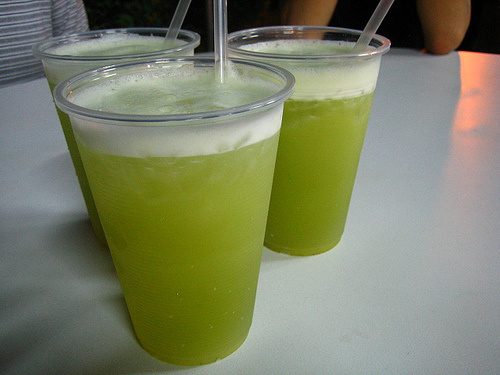
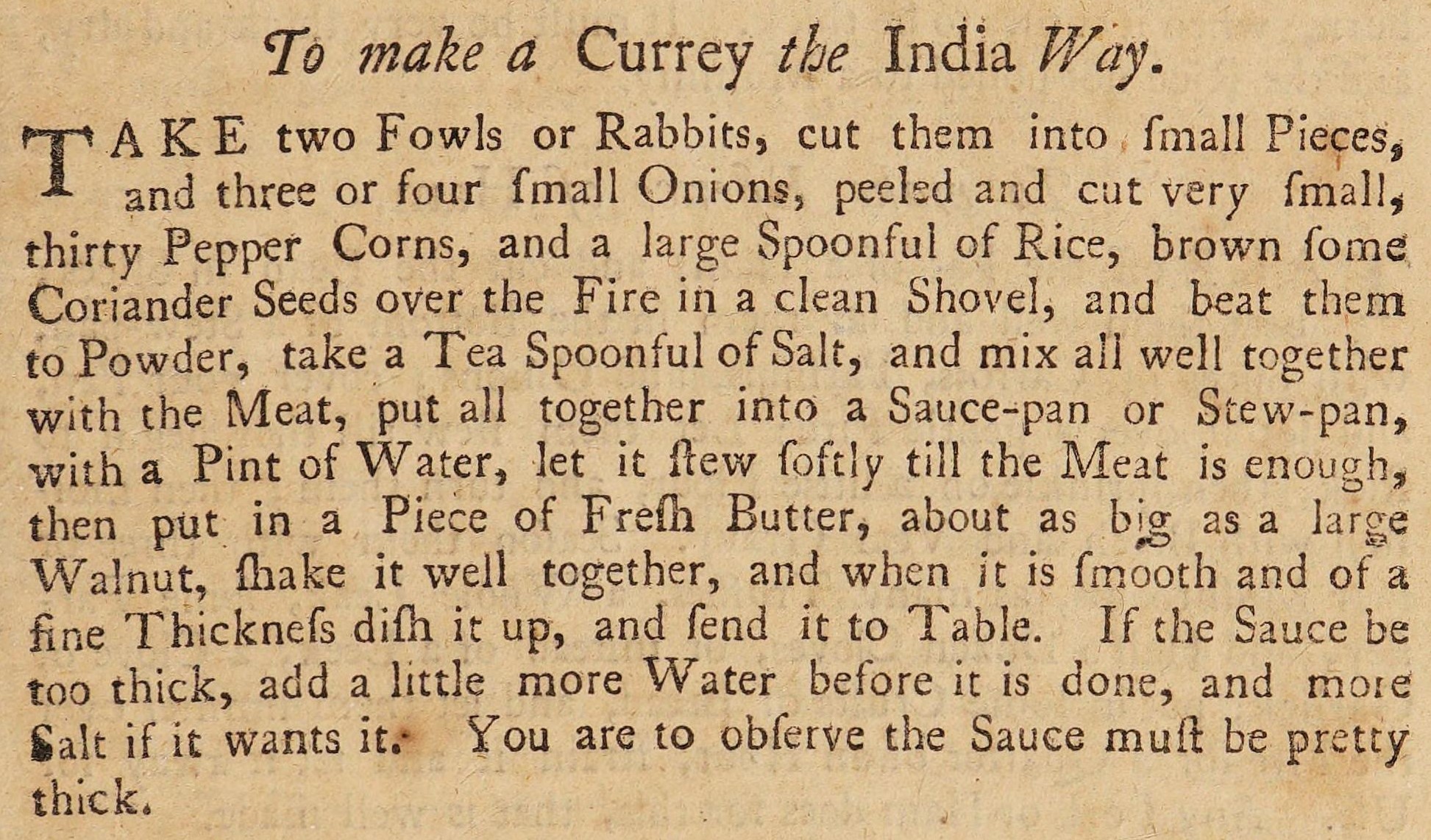
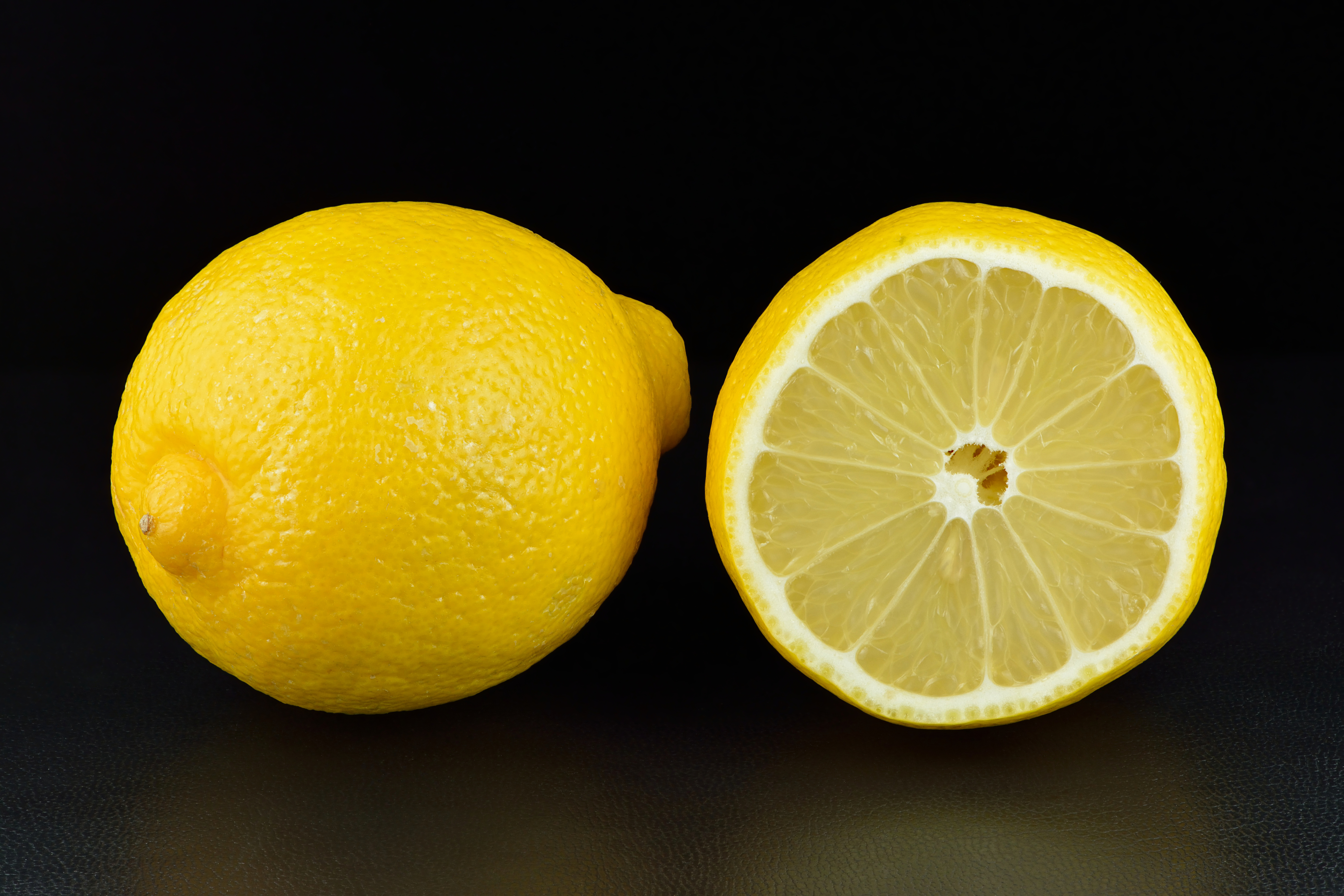
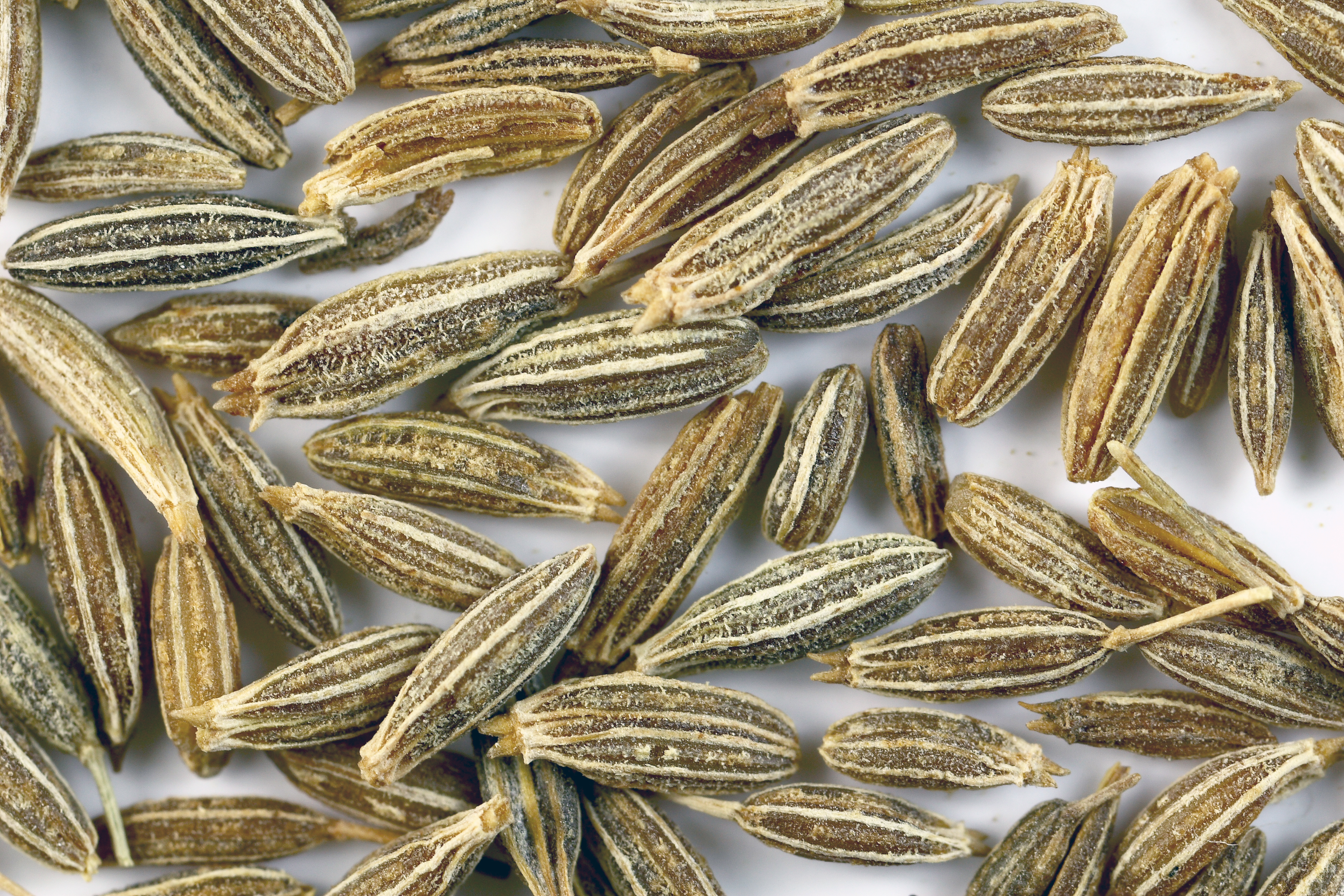
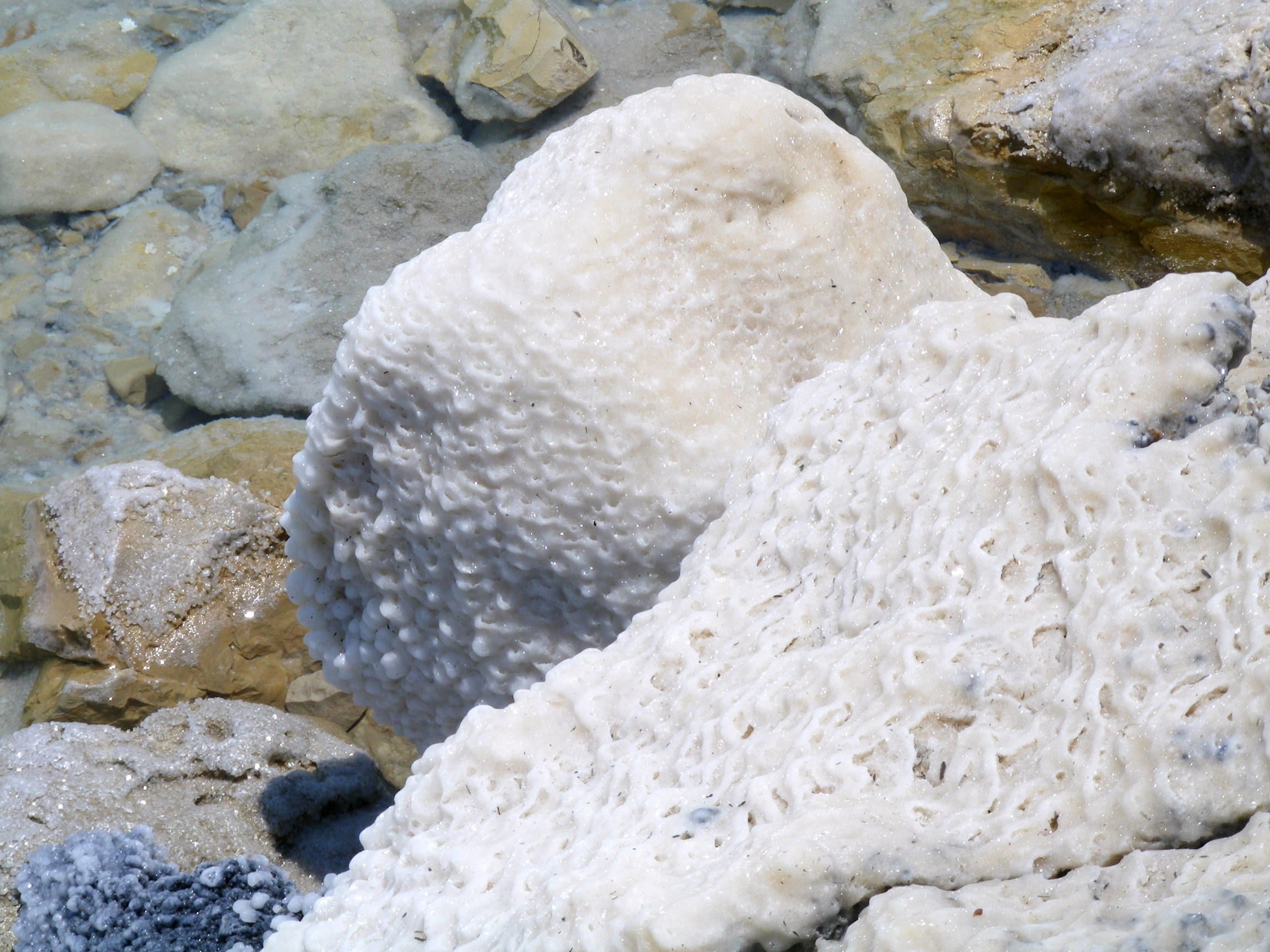



.jpg)